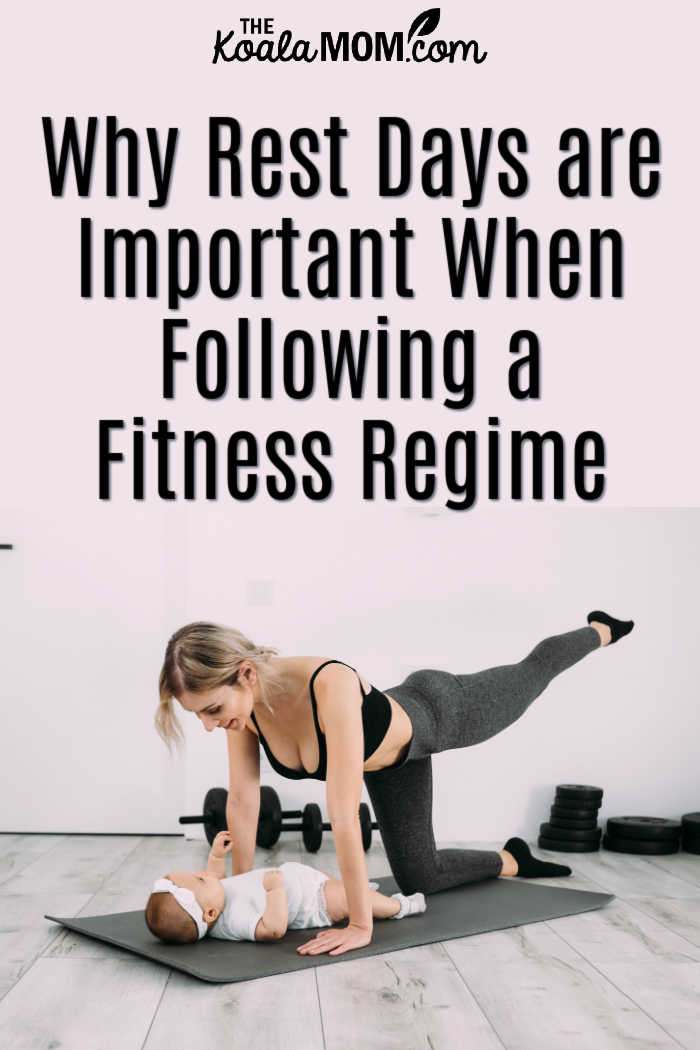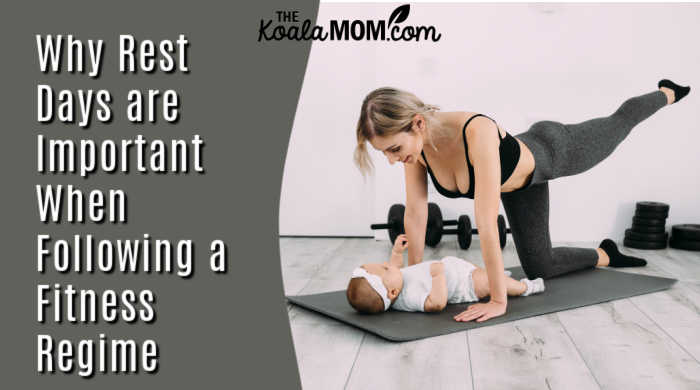When it comes to working out and reaching your fitness goals, taking a rest day can feel like a waste, a day when you aren’t achieving anything. However, this couldn’t be further from the truth.
Rest days are vital for allowing your body to relax and rejuvenate and ensure it performs at its best. Here are a few benefits of rest days, how to take them, and what to do with them.

Benefits of Rest Days
There are multiple benefits to taking a rest day, but these are four of the best. Slip on one of your silk kimonos, kick your feet up, and enjoy the benefits of simply resting.
1. Recovery
Recovery is one of the main goals of a rest day. Your body can become tired and drained if you spend every day working out, which can cause muscle pain and constant fatigue and slow down any gains you may get if you lift weights.
2. Stops Muscle Fatigue
Muscle fatigue is unavoidable when you are working out, but it can get worse if you don’t give your body enough time to recover. This can also hinder your workout performance, making you noticeably slower and weaker.
3. Lowers the Chance of Injury
Muscle and joint pain and injury are caused by constant exertion on that part of the body. Working out every day is more than enough pressure on your body to cause an injury. If you lift weights, being fatigued can also cause you to use poor form because your muscles can’t lift the weight, which can also lead to injury.
4. Better Performance
When your body has had time to rest and recover, you will see that you are able to perform at your highest possible level. This is why sleep is such an important part of a pro athlete’s schedule; to be the best, you need to take time to let your body relax.
Rest Days for Different Workouts
Not all rest days are built equally. What types of exercise or workout you are doing will determine how much rest your body will need.
Cardio
If you are doing light to moderate cardio, such as long walks or an hour on the treadmill every day, then you should rest every 3-5 days. Even if the activity isn’t rigorous, your body will slowly start to tire instead of it happening quickly.
You can also use a couple of rules of thumb to help determine when you need to exercise; for less strenuous cardio, resting after you have done 150 to 300 minutes of exercise during the week is advised. For more rigorous cardio, rest after 75 to 150 minutes of exercise during the week.
Running/Cycling
If you are doing more intense cardio and exercise, such as running and cycling, resting two to three days per week is recommended. If you are on an intense workout regime, these rest days don’t have to be days where you do nothing. You can use these days to do small walks or jogs; the goal is to simply exercise far less than what you do on a regular workout day.
Lifting Weights
If you are lifting weights regularly, rest days work slightly differently. While you should still not exercise at all once or twice a week, rotating muscle groups can also work as a rest day. For example, if you do arm exercise on Monday, do your back and shoulders on Tuesday, legs on Wednesday, and then back to arms on Thursday.
Doing rotations like this allows you to exercise multiple times a week but gives each muscle group or body part enough time to recover between using them.

What to Do on a Rest Day
When it comes to rest days, you don’t necessarily have to sit and do nothing the entire day. There are multiple ways to spend a rest day that will add to its benefits.
Diet
On rest days, you will generally feel less hungry as your body is using less energy and calories. However, this doesn’t mean you shouldn’t eat; it just means you should be eating different things.
Eating high-protein foods will give your muscles the fuel they need to recover properly. You should also drink a lot of water to bring your hydration levels up and a small amount of complex carbohydrates to restore your glycogen levels.
Low-Intensity Workout
If you can’t sit still and still want to exercise on your rest days, then opt for low-intensity workouts. These can be brisk walks, swimming, light aerobics, or going on a hike. Don’t exert yourself to the same degree you would if you were in the gym.
Stretching
Finally, a couple of days of stretching can do your body and mind wonders. You can calm your mind and allow your body and every muscle in it to get a good stretch and a massage, in a way.
Stretching also has a secondary benefit, as it engages muscles you don’t exercise regularly, allowing you to gain better strength and control over your body and its movements.

No Responses Yet